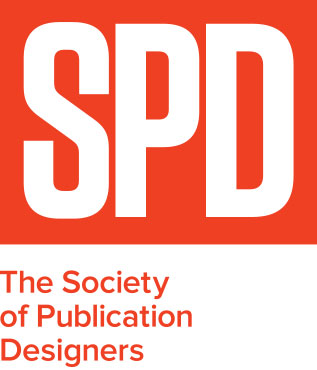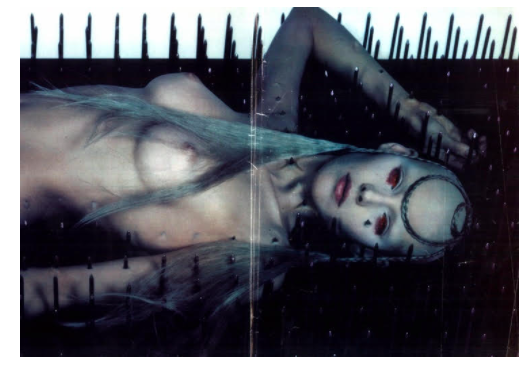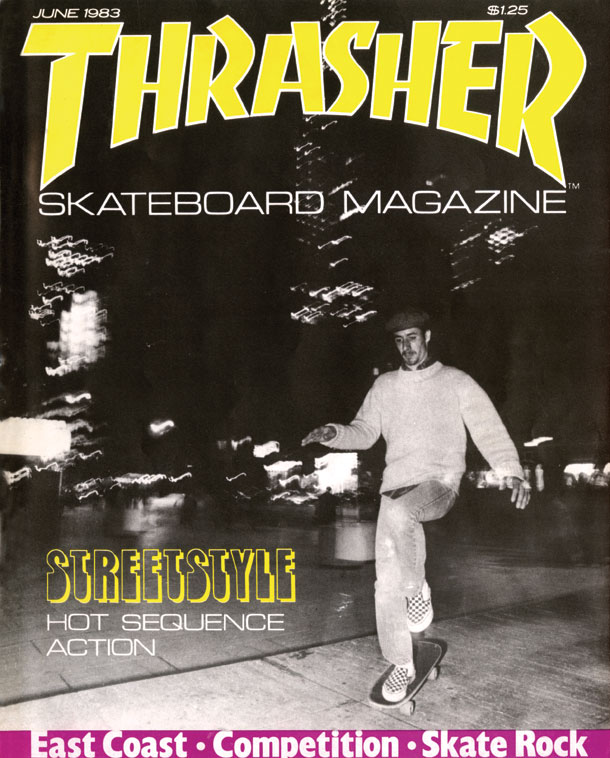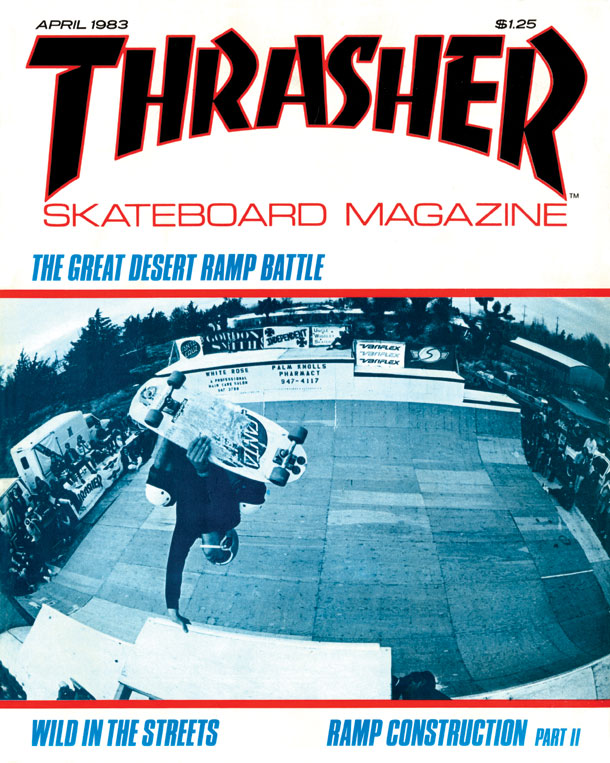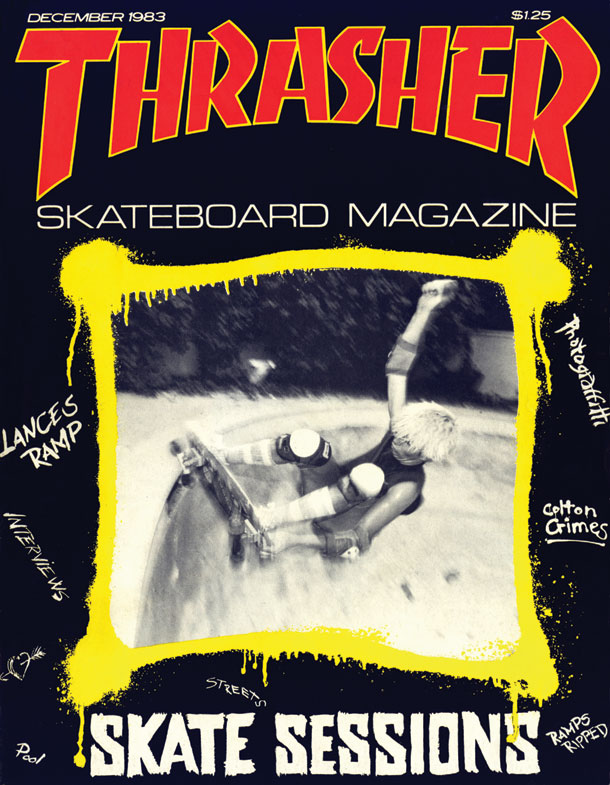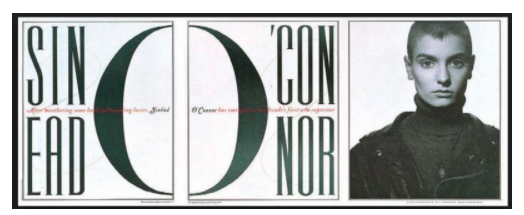Chin Wang, Creative Director at ESPN.com and ESPN The Magazine
/SPD: What year?
Chin Wang: Around 1998
SPD: What were you up to?
CW: My first job was at a newspaper in Florida doing mundane production work (coloring in the Sunday comics!).
SPD: What magazine?
CW: Entertainment Weekly
SPD: What was it that so enthralled you?
CW: Back then, I found anything on nice paper glamorous and loved so many magazines, but especially Entertainment Weekly. Every page was a treat and I devoured everything – from the bold illustrations to the expressive typography. One particular layout I remember: Jennifer Aniston's disembodied head set up like a mannequin in a row of dummy heads, opposite the headline “Big Wig” on an illustrated can of hairspray. All the elements seemed to work so harmoniously together: the image, the design, the words. Even now, I wonder about the editor who wrote the headline and imagine that person saying, “Oh yeah? You've got an amazingly styled photo of a breakout star with a cult haircut? And you came up with a hairspray can design and want me to come up with a headline that’s six letters or less? (Dramatic pause) Yup, I got it! It’s … BIG WIG!”
SPD: Do you know now who the creatives were?
CW: Robert Newman, then John Korpics. I am such a huge fan of both. Years later, when John offered me a job as the art director at ESPN the Magazine, I jumped at the chance. Working for him was equal parts inspiration and hilarity. When I expressed some trepidation about taking over the magazine after he got a bigger job at the company, he shooed me away and laughed, “Chin, get the f*ck out of my office!” It was exactly the kind of Tiger Boss vote of confidence I needed.
SPD: How does that inform your creative now?
CW: Well, I stopped doing text on a curved path years ago, but haven’t forgotten that all the things on a page have to speak to each other and that everyone on the masthead has a job to do. It’s nauseatingly sentimental, I know, but I really do believe creativity doesn’t happen without a good mix of people who champion one another.
